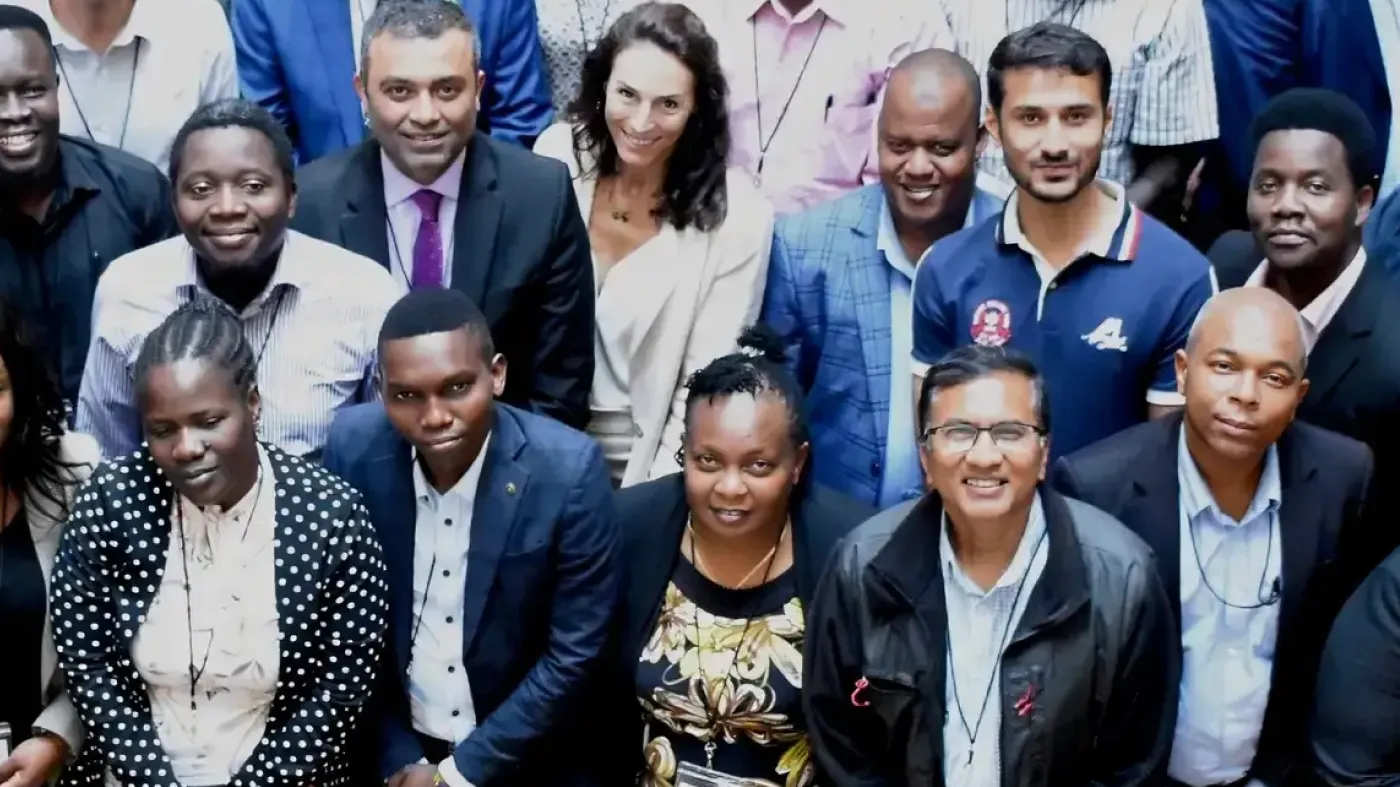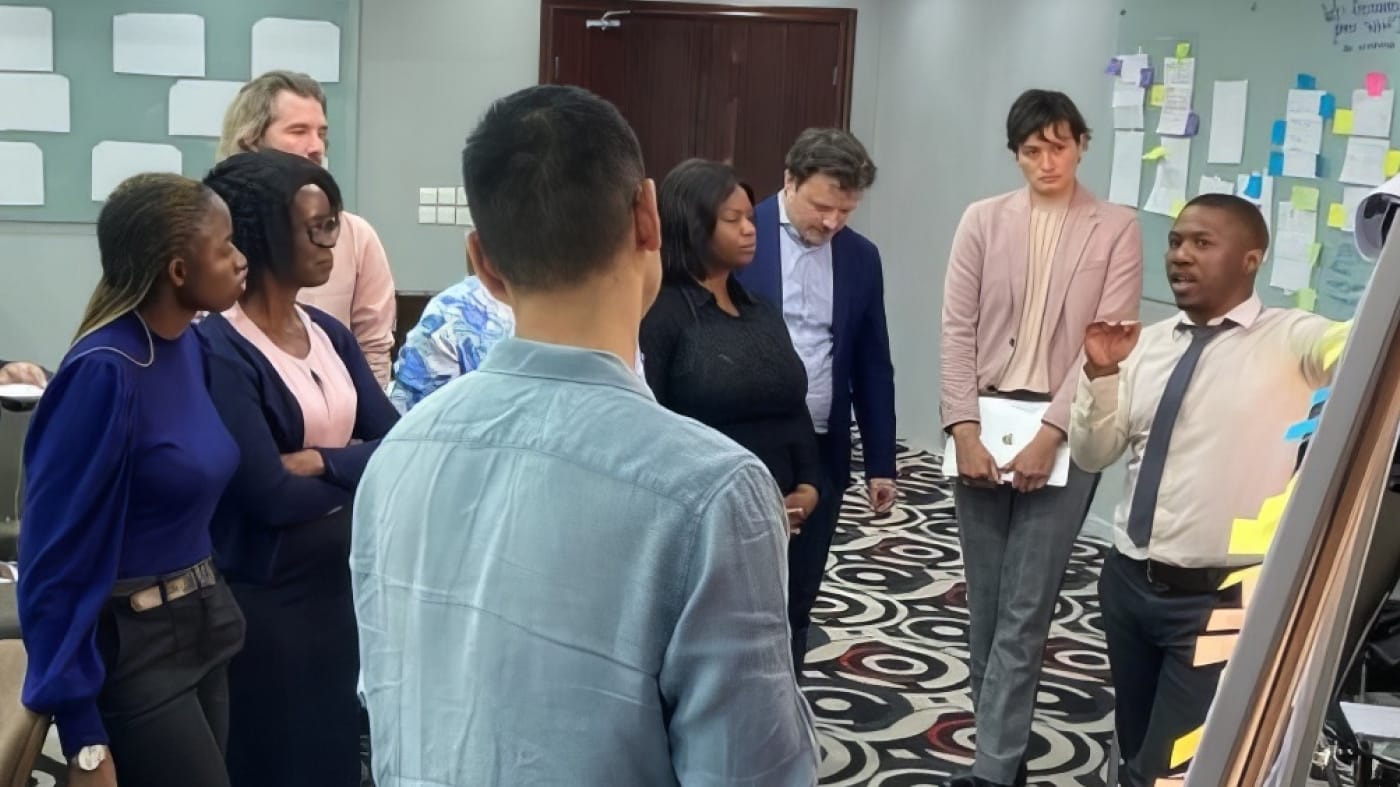Download All Country Data
Teams of healthcare professionals from 15 different hospitals gathered together hurriedly in a room at the Rubavu-Rugerero Ebola Treatment Center in Rwanda’s Western Province. A hushed state of anxiety and danger focused the attention of the participants, as only a crisis can. The medical workers were quickly briefed on the scenario: a man and woman from a local village had recently shown signs of Ebola, were brought to their local hospital, and had tested positive. What, the medical workers were asked after the briefing, must they do to control and contain the crisis?
The medical team sprang into action, based on their training on Rwanda’s national Ebola preparedness plan. They quickly worked to appoint a leadership team within the group, and divided responsibilities amongst the group members. The mission was extremely complex and the stakes were high: they had to make challenging decisions about laboratory testing, managing the cases of the sick patients themselves, outreach to health workers and communities about the outbreak, psychosocial issues, communications with the media, logistics, and many other issues.
Rwanda has never recorded a case of Ebola, despite being located in a hotspot region for Ebola and sharing borders with the northern province of the Democratic Republic of the Congo, which is currently engaged in the world’s second largest Ebola outbreak in history. This was instead an Ebola simulation exercise conducted by the Rwanda Ministry of Health in collaboration with WHO and international stakeholders–including the Department for International Development (DFID), United States Agency for International Development (USAID), Centers for Disease Control (CDC), Resolve to Save Lives and others
The exercise aimed to test the readiness to a potential Ebola importation and identify opportunities for improvement. The exercise started in Rusizi and ended in Rubavu district’s Rugerero Ebola Treatment Center.
Dr. Jose Nyamusore, the Ministry of Health’s Division Manager of Epidemic Surveillance and Response, with his core team spent a month planning the exercise. He explained that the exercise was a test to “see how, what, and where we are” as a sector to respond to Ebola case(s). The country updated and still implemented the national preparedness plan, but this was an opportunity to dig further, to identify strengths, weaknesses, and opportunities for improvement in managing an Ebola case.
Dr. Nyamusore and his staff designed the exercise to test 10 key capabilities that would have to be activated in an emergency. “It was the A to Z of preparedness,” Nyamusore said. “We had to test the entire system for readiness.”
The preparedness exercise tested two scenarios: an international traveler who was transiting through a Rwandan regional airport; and EVD community surveillance, detection and reporting that involved a couple (a husband and wife who is a breastfeeding mother) identified in the community. The scenarios were designed to be complex in order to involve multiple government stakeholders. It also included the management of a breastfeeding mother, IHR compliance and regulations, Ebola Treatment Center management, international travel, communications (in country and bilateral) and information sharing, logistics, a safe and dignified burial and recovery.
A few days before the exercise, Nyamusore and colleagues made a long trip to observe the exercise as it played out. As the team reacted, he took copious notes and watched for areas that might need improvement. Overall, he said that he was impressed and encouraged by the engagement of all involved, and how the decision-making process played out. “Within 30 minutes, they were able to identify leadership and put the plan in motion. It was wonderful to watch how the groups organized themselves naturally,” he said. “They chose leadership quickly and cultivated a real team spirit. They themselves were able to identify gaps, then work to fill them.”
The preparedness exercise surfaced important lessons. “The exercise itself was a learning process,” he explained. Watching all systems interact provided data that can now be used to improve the planning process and fill any gaps. For the next six months, the national team will revisit the national plan, make any revisions necessary, and test for any weak points.
“We must continue to practice,” Nyamusore said. “That is how we will be ready. And we must realize we are all connected. After all, the readiness is about prepared systems. It is beyond one country, it concerns the world.”






